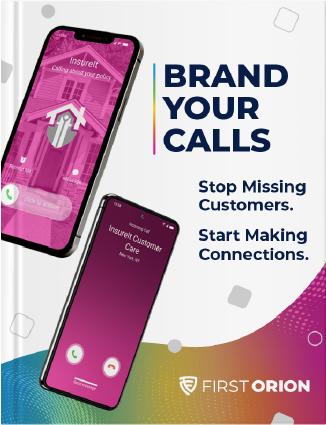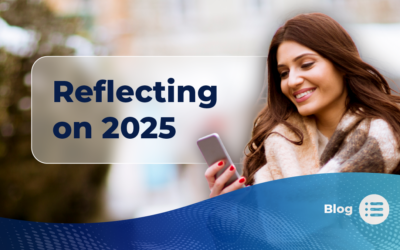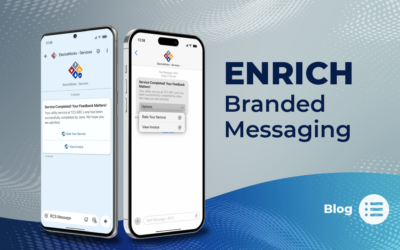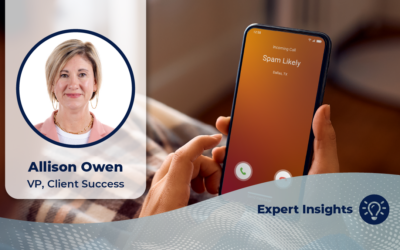Nobody likes to wait. Whether it’s a line at the DMV or a grocery store, people are busy and want their services to be as quick as possible. This is especially important for inbound call centers providing customer service or technical support contact points for their clients. Callback queues can eliminate the frustrating hold times and provide a more customer-friendly alternative.
Hold Up! A Cause for Customer Frustration
When you’re looking for help, waiting for someone else to pick up the phone can be dreadful. Long waits, terrible music, and repetitive messages can be boring – or frustrating – depending on the person. People today are less than tolerant, often giving up on a longer-than-usual call and opting to receive a call back later instead.
Instead of forcing customers to stay on the line, call centers have been moving toward alternatives. To give their clients a more positive experience, companies should consider options that cut out the waiting entirely by implementing a callback queue.
Callback Queues (or Automated Callback)
Callback queues, also referred to as ‘automated callback,’ are a convenient alternative to long holds. As customers become busier and busier, they have less time to linger in a virtual waiting room, hoping they’re next on the agent’s call list. No one wants to wait longer than they have to, even if it’s critical to them.
Using callback queues, a client can schedule a callback from an agent, hang up, and should receive a callback. There’s no stopping what they’re doing to wait longer than necessary.
A common question for people and call centers want to know is just how is this different from waiting around to connect with an agent?
Queue it Yourself
Once a call center has the Queue Callback feature enabled, the process can begin for callers:
- Step 1: A caller phones the call center and is placed on hold with an automated message – “Our agents are currently busy.” The caller may get an estimated wait time.
- Step 2: The caller can then opt for a queued callback, receiving a confirmation from the automation.
- Step 3: The caller hangs up and goes about their day.
- Step 4: As the information is gathered by the call center, the client is placed in a queue, routing to the next available agent.
- Step 5: Finally, once the agent gets down the list and lands on the caller, a callback is initiated.
With such a straightforward process, it’s no surprise then that queued callbacks have become increasingly popular among call centers. Some systems are sophisticated enough to include SMS testing for updates and delays, including links for web-based alternatives such as support articles, app downloads, and chat.
Another consideration to make a better callback experience is using branded calling. Nearly 9 in 10 people are unwilling to answer an unknown phone call. A branded calling solution can send the caller’s name (or the call center client’s name) and reason for calling to the recipient’s incoming call screen. If consumers are expecting a call, they’re more likely answer and the agent is more likely to get a resolution. This could cut down on repeat calls or games of phone tag.
Is it Worth the Wait?
Short answer, yes.
Long answer? Being on hold sucks, plain and simple.
75% of customers particularly prefer callbacks over waiting “patiently” over the phone. Consumers and agents experience a friendlier conversation with callbacks, improving customer satisfaction and reducing abandonment rates.
Overall, callback queues are a win-win. Callers decide on their terms if they want to wait on the phone or take a call later. As a result, agents get to go about their work, focusing on the call at hand— the happier the caller, the happier the agent.
Get Queued in
With queued callbacks, say goodbye to that tacky hold music and hello to a better experience for consumers and centers alike!
First Orion is a leader in branded communication and call protection solutions. Learn how we helped one call center see a 76% lift in first call conversion rates.




